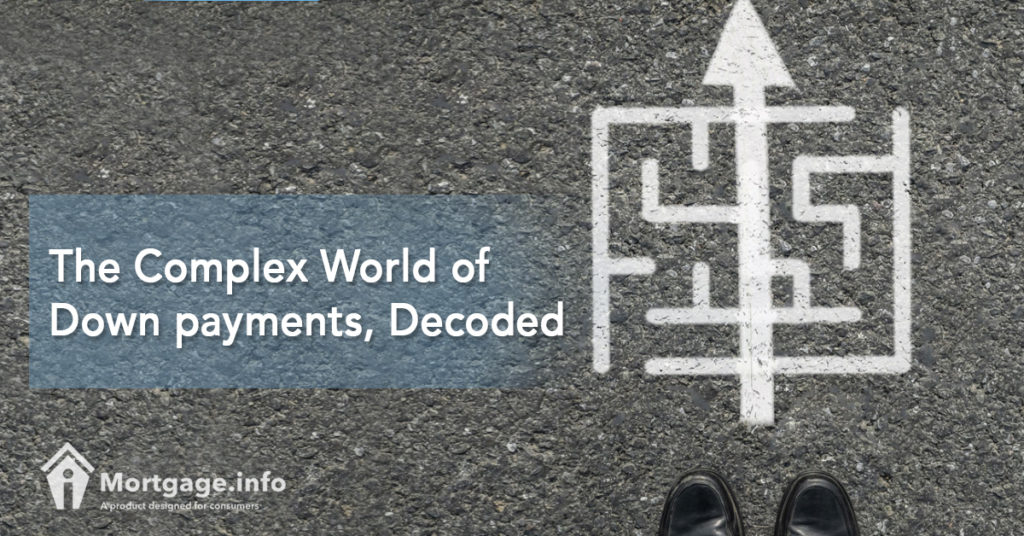A survey by Genworth Mortgage Insurance found out that homeownership apprehensionis greatly caused by down payment misconception. Many believe that the 20 percent down is an absolute when getting a loan.
The 20 percent down isn’t mandatory, but why does it exist?
Let’s take it back a few decades ago, before the housing bubble burst. There were many loan programs offering low to zero down payment. These loans were available to almost everyone. These loans had lenient requirements back then.
Then one midnight in 2008, the bubble popped. It sent the market crashing down. When Americans woke up the next morning, the damage was already huge.
Attempts to Repair the Damage
In order to control the crisis the federal government, together with private mortgage lenders and banks, devised ways to define and establish guidelines for home loans. One thing they have identified is the need to have a down payment.
Down payments become the lender’s cushion. It also lowers the borrower’s level of risk.
Lenders have found out that when the borrower puts a significant amount into the loan upfront, the risk for default is greatly reduced. The bigger the down, the lesser chance a borrower stops paying the loan.
20 percent is high enough to bring the borrower’s riskiness down and keep the interest at an affordable range. It is also low enough for an upfront cost.
The Relationship Between Down Payment and Interest
This is fairly easy to understand. The higher your down payment, the lower the rate gets. Inversely, lenders will raise your interest to compensate for a lesser down payment. This general understanding should help you decide on how to go about your loan.
Low to Zero Down Payment Loan Exist
Yes, they are existent. They may be fewer now compared to pre-housing crisis times, but there are still excellent programs that come with low to no down payments.
Most of these loans are aimed to help those who belong to the low to moderate income brackets. This is designed to assist them in homeownership.
If you do not belong to this income group, there are still other loan programs you can take advantage of. Because of the lack of down payment, the qualifications and the requirements are stringent. Also, you must be able to demonstrate the ability to repay the loan and have enough reserves to continue paying if your income stops rolling in.
Federal programs that have 100 percent financing include the USDA Home Loan, The VA Home Loan, and the FHA Home Loan.
There many down payment options available today. It should not hinder you from putting your family in your own home. Discover the possibilities of homeownership by talking to a lender.

